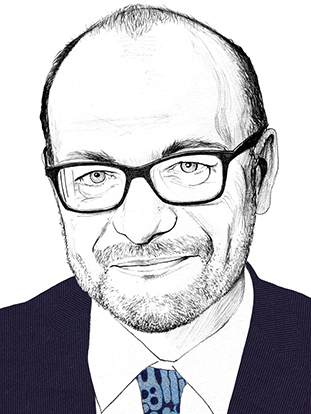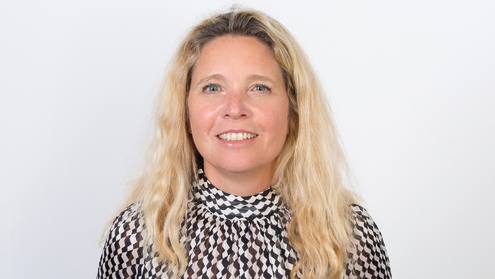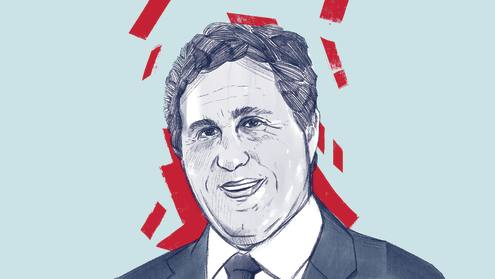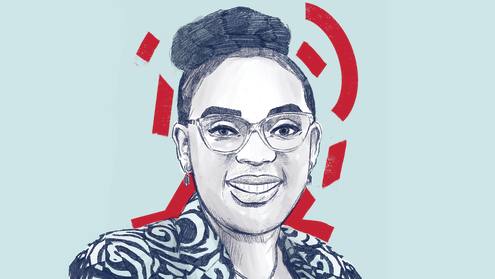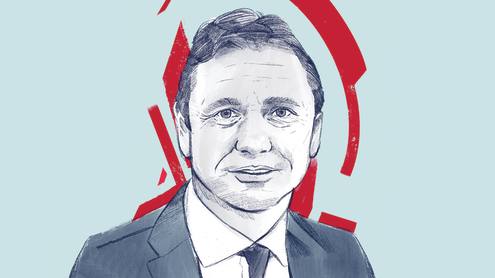The Covid-19 pandemic is profoundly affecting people worldwide, taking its toll on human lives and highlighting the global inequalities in healthcare. It continues to disrupt supply chains across many sectors, causing such financial strain to businesses that the ripple effect is extending to financial institutions. The consequences are stark for many economic and financial actors. This is why the objective of building back better for a more resilient, sustainable and greener growth has made it to the world stage, including the upcoming G20 summit. The agenda rests upon three pillars: people, planet and prosperity. It is, therefore, time to rethink how development finance can help achieve this goal.
Health and economic crises are challenging the sustainability of contemporary development models, so we have big questions to answer as development finance institutions: how can economic development be ensured while also safeguarding the planet? How can people’s standards of living be improved through investment while also reducing inequalities? These challenges compel the financial community to question our development models.
As a consequence, we need to embark on a systemic transformation that questions public policy decisions, as well as investment-related ones made by economic and financial actors. We’ll need to enlist everyone involved in this transformative process: governments, businesses, local authorities, public development banks (PDBs), state-owned enterprises, international organisations and wider civil society to collectively transition towards new development models that are more inclusive, sustainable and resilient.
In other words, it is time to shift the focus of development finance away from solely financing projects and embark on a process of supporting and accelerating the transformation of the organisations that are making decisions about economic, social and environmental ecosystems.
We need to embark on a systemic transformation that questions public policy decisions, as well as investment-related ones made by economic and financial actors
Achieving transformation
In our strategy to accompany the transformation of all organisations, the support and transformation of PDBs have a key role to play and should therefore be a priority. The Covid-19 crisis suddenly reaffirmed our raison d’être as PDBs rediscovered the magnitude of their financial capacity. Together, they invest $2.3tn each year, which represents 10% of the global volume of investments, both private and public. PDBs’ transformational potential is unrivalled as they play a crucial role in bridging the gap between governments and the private sector, global and local priorities, as well as between short- and long-term considerations. During last year’s inaugural Finance in Common Summit, all 500 of the world’s PDBs committed to ‘building back better’ — a commitment to go further in what they are already doing.
PDBs also provide many non-financial services through policy analysis, dialogue and recommendations, as well as the development of innovative approaches, methodologies and standards. This is especially true around the characterisation of climate finance and the UN’s Sustainable Development Goals (SDGs). PDBs can send signals to the wider financial community and other economic stakeholders.
There are four actionable ways we can reshape development finance through systemic transformation.
Be bold
Firstly, public authorities, as accelerators of change, need to be more ambitious. Governments are in a unique position to accelerate transformations by creating relevant domestic regulatory frameworks that incentivise stakeholders to engage in an inclusive, sustainable and resilient trajectory. As shareholders of PDBs, they should give ambitious mandates and hold them accountable to deliver on strategic changes. They should also set ambitious quantitative and qualitative targets for their institutions, linked to the Paris Agreement and the SDGs.
Governments could also seize the opportunity represented by the International Monetary Fund’s new $650bn allocation of special drawing rights (SDRs) to explore ways they could be used for development finance. The question of whether states could channel part of these SDRs through PDBs to accelerate a sustainable and resilient recovery was posed by several African presidents during the May 18 summit on the financing of African economies in Paris. States should look at ways they could intermediate part of the SDR allocation through African financial institutions such as the African Development Bank (AfDB) and other regional public banks.
Be different
Secondly, we need to finance differently — not all financial instruments are equal. No-frills loans continue to dominate the financial landscape, accounting for 76% of bilateral development finance institutions’ commitment volumes in 2018, according to the think tank the Overseas Development Institute. If we want to accelerate our transformative impact, we need to widen the scope of financial instruments and develop more ‘transformative’ tools, such as green and sustainable bonds, Tier 2 debt, contingent loans, equity, guarantees and matrix-based loans.
For example, when the AfDB worked with the Development Bank of South Africa (DBSA) on the bank’s first green bond issuance, it created a green bond framework aligned with the International Capital Market Association Green Bond Principles. This framework will reinforce the DBSA’s commitment to play a key role in the just transition in South Africa, helping shape the market for green bonds.
Contingent loans, Tier 2 debt and equity interventions also allow the beneficiaries to mobilise greater volumes and channel greater impacts than the original financing. Our Tier 2 debt usually generates a four-times leverage impact, and contingent loans have a coefficient of between three and four times. These instruments can have substantial multiplier effects and help catalyse private sector mobilisation.
Be accountable
The third way in which to bring about change is through the accountability and incentive systems. The alternative financing instruments described here are under-utilised because the multiplier effect is often overlooked when assessing risk versus reward. More than this, the transformative impact of these tools on the organisation is often ignored when evaluating the impact of a financing. Consequently, since these instruments are usually considered riskier, organisations and their shareholders need to work on their internal evaluation systems to create incentives for their deployment. New standards will help establish a common definition of environmentally sustainable economic activities. They will also provide a framework for organisations to report and act on evolving climate and nature-related risks.
PDBs often have targets set by direct volume of financing rather than how their financing would make an impact. A common, or at least coherent, framework for both public and private sustainable investments is necessary to measure and compare success for PDBs, which will be key for their realisation.
Be together
Lastly, PDBs are already joining forces to build back better, but the reality is that they need to go further. They can create common financing platforms, enhance co-financing mechanisms, conduct joint policy dialogues, and share knowledge and networks. In essence, this is about making the best use of the different added values of all types of PDBs, from multilateral to international, regional, national and sub-national. Coalitions such as the International Development Finance Club, or the recently launched Finance in Common movement, are paving the way towards increased coordination among PDBs. The Finance in Common summit was the first to unite all PDBs under the common goal of achieving the SDGs. The next summit, scheduled for October 19–20 in Italy, will kick these initiatives up a notch with a focus on agriculture, food security and agribusiness.
The Covid-19 crisis is widening inequalities and magnifying global issues. Nevertheless, such disruptions also provide an opportunity to rethink, reinvent and open a new chapter in the development history. As the urgency of the fight against the virus and its immediate social and economic consequences continues, it is tempting to try to maintain the status quo.
However, climate and development cannot wait; as the recent Intergovernmental Panel on Climate Change report once again highlights, our planet’s survival is at stake.
We need to shift our focus to holding decision-makers accountable and adapting our instruments with more innovative approaches to sustainable finance so that we have creative, tailored approaches centred on people’s and partners’ needs.
Rémy Rioux is CEO of the French development bank, AFD, chair of the International Development Finance Club and initiator of the Finance in Common coalition.



